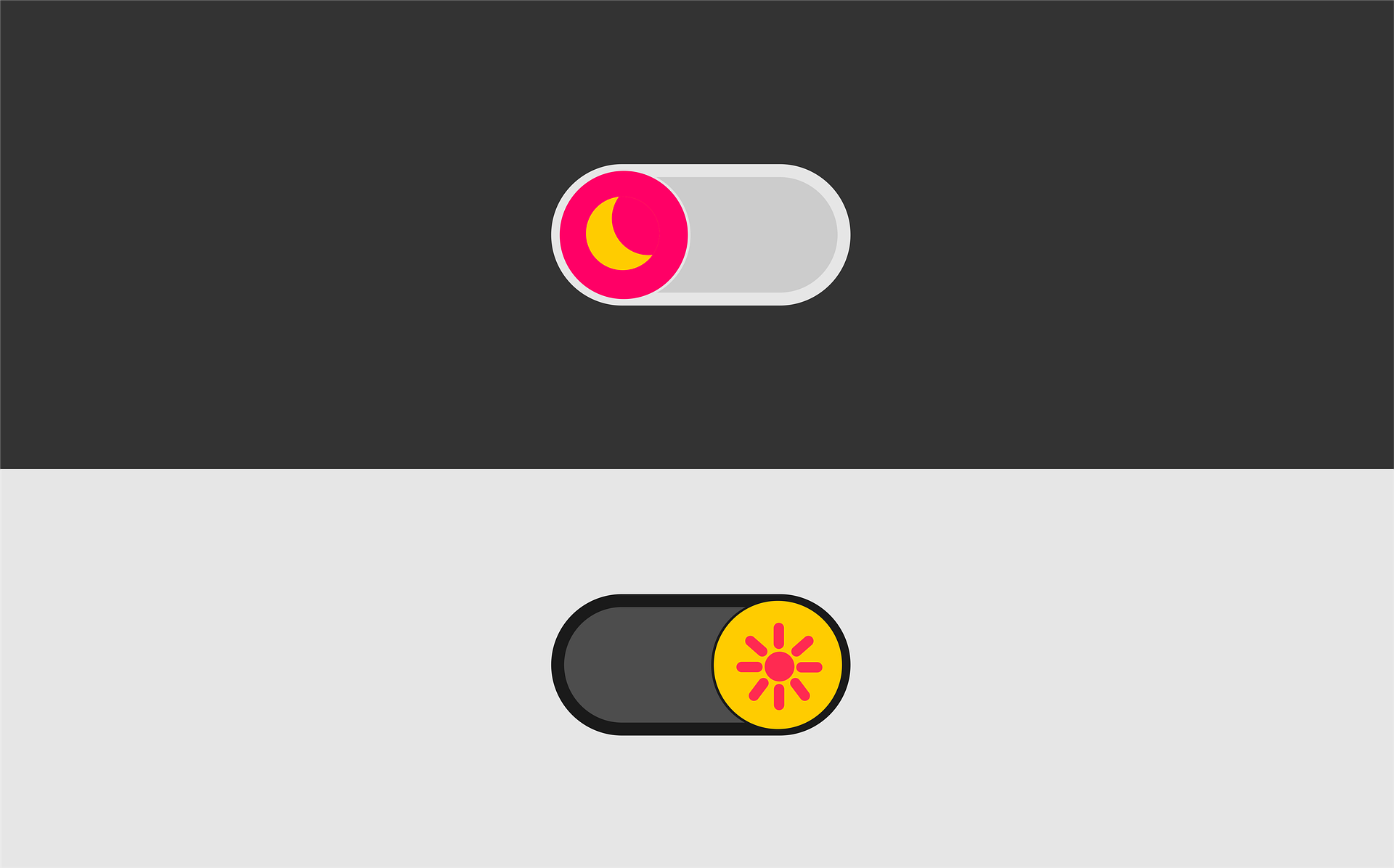
As we get further and further into the 2019 year, we are seeing more user interface design trends begin to solidify within the world of UX. One of those user interface trends that we see solidifying is the application of motion based-design. Motion-based design is the process of applying graphic design principles to a typical digital interface. Motion-based design elements can be manifested in various ways- from the use of films or videos to animations, animated texts, or the use of 3D depth. Motion-based design is an important and innovative addition to a typical user interface which can help to improve the overall user experience, all while making the UI engaging and dynamic.
Design Elements
Traditional design elements have often regarded the use of motion-based design as something that is solely used for aesthetic reasons. However in actuality, the thoughtful application of motion-based design can help to greatly improve the overall user experience compared. One topic that has been gaining more prominent attention within the world of user experience research and design is making products that are accessible to a wide variety of users. Motion-based design helps to drive the user’s attention to a specific area, which can help to make a design more usable or accessible. Animated text, transitions or transitions can help to make a given interaction to easier for the user to understand. As a result, the use of motion-based design can help to improve the overall accessibility of a user interface compared to a traditional, static interface.
Aside from helping to improve the accessibility of a user interface, the application of motion-based design can help to delight and engage users. There are so many different UI’s that a user interacts with on a daily basis, it is important to consider the ways in which those interfaces can be designed to be engaging, dynamic, and delightful for the users. Bringing delight to users in an important aspect of designing a user experience, since it allows the users to feel like they are interacting with real elements, rather than just tapping on a screen. Transition patterns, responsive motion, and graphic cues can help to create a user interface that feels alive and dynamic, as opposed to a static and rigid interface. Not only can motion-based design help to delight users who interact with the interface, it can also help to ensure that users continue to use and interact with the design.
Future of Motion-Based Design
The application of motion-based design helps to create enjoyable, and accessible user interfaces and user experiences. Looking forward into 2019 and beyond, we can expect to see more and more UX designers working to incorporate motion-based design into their work, and in their design toolkits. Correspondingly, we can anticipate seeing the advent of new user interface experiences that are not static, but rather are dynamic, alive, and help to “spark joy” in users everywhere.
READ MORE: Design Thinking vs. Design Feeling, Role of UX in AI, Conversational UI’s and Hybrid Interfaces, When to Use Zero UI: A Researcher’s Perspective










Comments
Add Comment